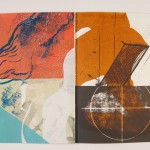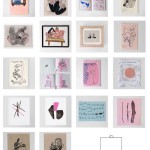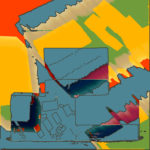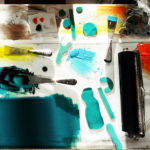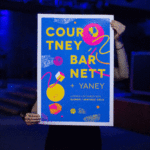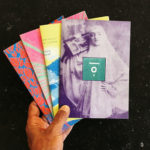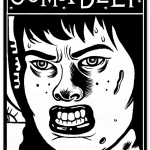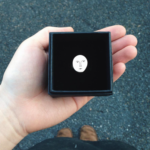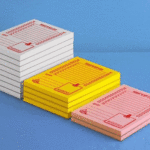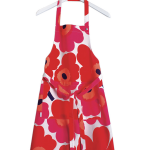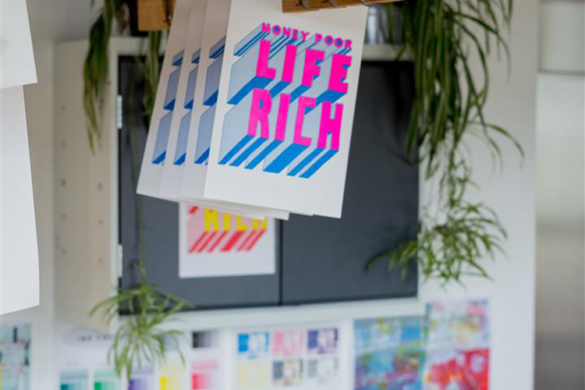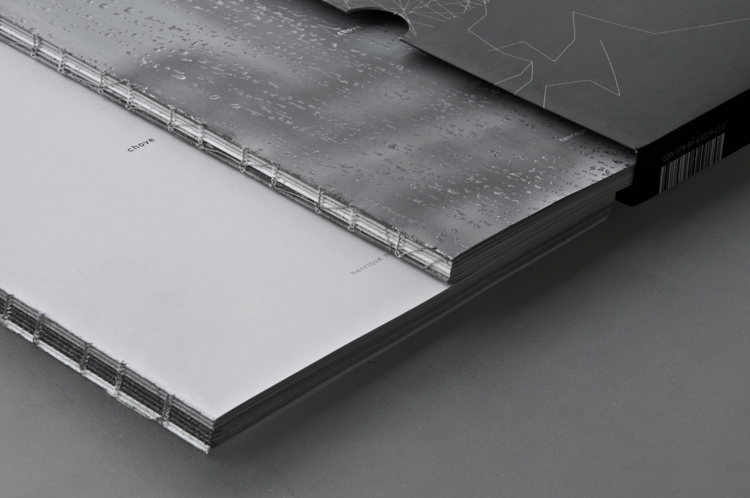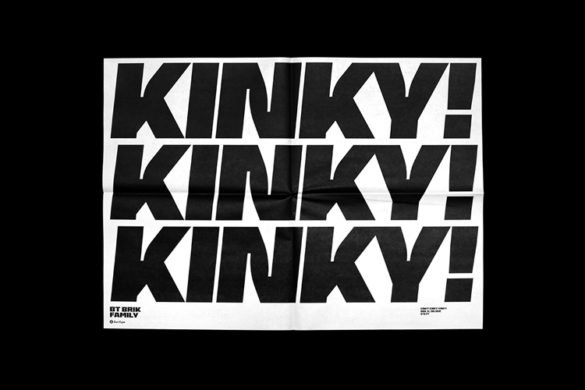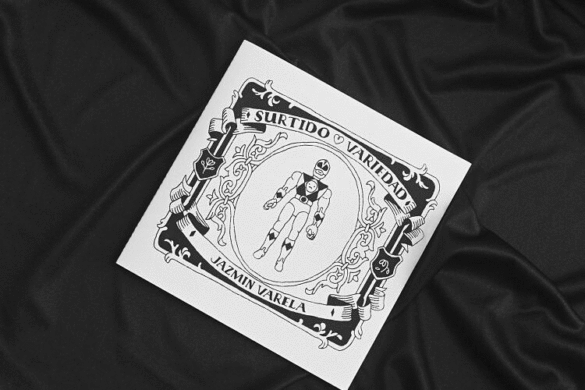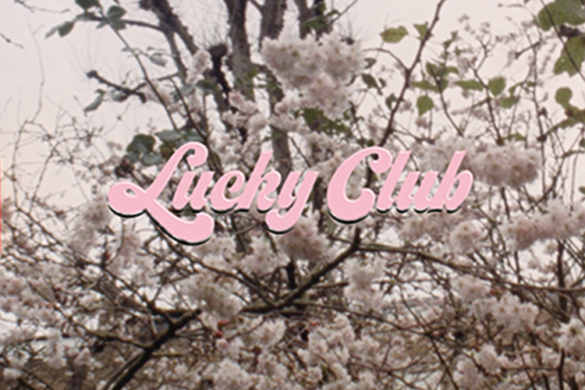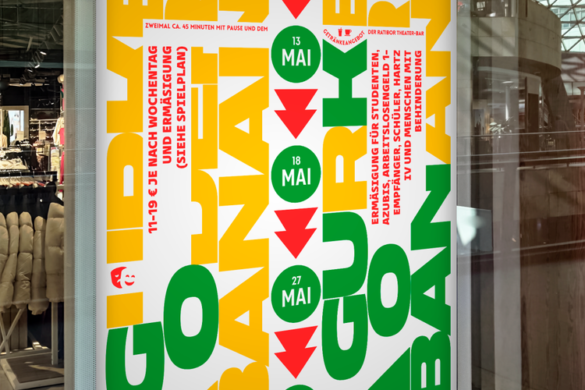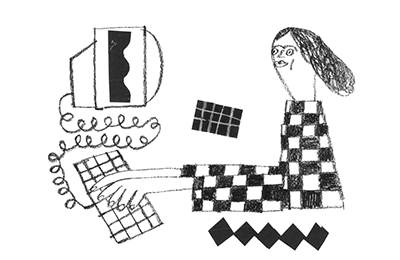Ever since it launched in 2016, SOFA magazine has always been as much about images as it is about words. Founded by Ricarda Messner, publisher of Berlin-based Flaneur magazine and co-editor-in-chief Caia Hagel, the magazine was a deliberate riposte to many other indie mags that were around at that time, which centered on high-quality production. For both economic and “cultural reasons,” the pair opted instead to explore the aesthetic of (much cheaper) newsprint paper.
The premise of SOFA, then and now, is to “tap into the ‘low brow’ mass media youth mag aesthetic as a visual platform,” says Messner. “..our dream is to reflect the ongoing interplay of intellectual and social media culture in one editorial design.”
Now, the publication has got its very own digital home for the first time, aided by the superd Berlin-based Studio Yukiko, which has also been involved in the design of the print mag since its first launch.
 “In a crowded digital world that already suffers from TMI it was important to us that it felt like you’d be entering an alt space of its own in the SOFA Universe, where you’d like to hang out and get cozy,” say the founders. “This site is also inspired by escaping from mainstream aesthetics and templates to remember that cyberspace can offer whole worlds, especially in a time where creativity on the web is becoming harder to maintain (R.I.P. Tumblr).”
“In a crowded digital world that already suffers from TMI it was important to us that it felt like you’d be entering an alt space of its own in the SOFA Universe, where you’d like to hang out and get cozy,” say the founders. “This site is also inspired by escaping from mainstream aesthetics and templates to remember that cyberspace can offer whole worlds, especially in a time where creativity on the web is becoming harder to maintain (R.I.P. Tumblr).”
 Studio Yukiko used a design tool called readymag to create the site, which “functions as an ongoing archive for the chaotic, constant shifting and exciting energy of internet culture,” says Studio Yukiko’s Paloma Moniz.
Studio Yukiko used a design tool called readymag to create the site, which “functions as an ongoing archive for the chaotic, constant shifting and exciting energy of internet culture,” says Studio Yukiko’s Paloma Moniz.
The design looked to create a digital space that would act as a “portal” to this world of digital culture, as well as forming a chatroom-like discussion space that allows the audience to feed directly into the conversations initiated by SOFA, creating a sense of both intimacy and community.
The digital platform launched with the theme ‘Confessions.’ “Sharing secrets can sometimes be hard, even with the people we are closest to. Sharing them with strangers, we discovered, can often be easier and more interesting,” says Hagel.
To find inspiration for the visual aspect of the site design, Studio Yukiko explored “different spaces and expressions where this idea of confessional could happen, making use of their familiarity to build our narrative,” says Moniz.
 X-Ray-like images formed the central concept to bring the universe together, “playing with the literality of our bodies as surfaces that cover our deepest thoughts, creating different stories, identities and secrets for each one of the characters,” she adds.
X-Ray-like images formed the central concept to bring the universe together, “playing with the literality of our bodies as surfaces that cover our deepest thoughts, creating different stories, identities and secrets for each one of the characters,” she adds.
As for the functionality, the designers looked to recreate the feeling of linearity created by flipping through the pages of a print magazine. Readers can follow the editorial narrative using the ‘previous’ and ‘next articles’ buttons at the end of each piece.

 In a bid to explore what a “respectful culture of confessing might look on a larger scale,” the site features two interactive spaces. One of these spaces is dubbed ‘WTF Is Ur Secret Rn’, and allows readers to confess something, or share a secret. The other is called ‘Speak Ur Soul’, which takes the form of a game that offers questions for users to answer, with their thoughts shared back to the site anonymously.
In a bid to explore what a “respectful culture of confessing might look on a larger scale,” the site features two interactive spaces. One of these spaces is dubbed ‘WTF Is Ur Secret Rn’, and allows readers to confess something, or share a secret. The other is called ‘Speak Ur Soul’, which takes the form of a game that offers questions for users to answer, with their thoughts shared back to the site anonymously.

 “We hope that our digital space will always be like this, where intimate things happen that give a voice to the side of culture that is less visible,” say Hagel and Messner. “In our minds, media can have this function too and can break out of the news cycle loops by arresting a little piece of what’s happening in the world and exploring it deeply.”
“We hope that our digital space will always be like this, where intimate things happen that give a voice to the side of culture that is less visible,” say Hagel and Messner. “In our minds, media can have this function too and can break out of the news cycle loops by arresting a little piece of what’s happening in the world and exploring it deeply.”
You might like...
- Autobahn - November 26, 2021
- Alphabetical - November 12, 2021
- SOFA Universe - November 8, 2021


